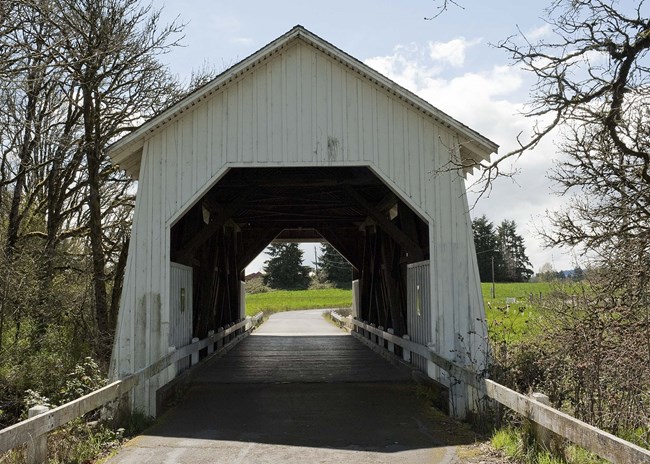
The National Register of Historic Places is the official list of the Nation's historic places worthy of preservation. Authorized by the National Historic Preservation Act of 1966, the National Park Service's National Register of Historic Places is part of a national program to coordinate and support public and private efforts to identify, evaluate, and protect America's historic and archeological resources.

The National Register nomination process usually starts with your State Historic Preservation Office* (SHPO). Contact your SHPO or check their web page for National Register information, research materials, and necessary forms to begin the nomination process. If the property is on federal or tribal land, then the process starts with the Federal Preservation Office or Tribal Preservation Office. (More on FPO and TPOs.)
How are Properties Evaluated?
To be considered eligible, a property must meet the National Register Criteria for Evaluation. This involves examining the property’s age, significance, and integrity.
Age and Integrity: Is the property old enough to be considered historic (generally at least 50 years old) and does it still look much the way it did in the past?
Significance: Is the property associated with events, activities, or developments that were important in the past? With the lives of people who were important in the past? With significant architectural history, landscape history, or engineering achievements? Does it have the potential to yield information through archeological investigation about our past?
National Register Listing Process
Nominations can be submitted to your SHPO from property owners, historical societies, preservation organizations, governmental agencies, and other individuals or groups. Official National Register Nomination Forms are downloadable or from your State Historic Preservation Office. National Register Bulletins can also provide guidance on how to document and evaluate certain types of properties. Sample Nominations provide additional useful information.
*Note: National Register nominations of Tribal properties start with the Tribal Historic Preservation Officer. National Register nominations of federal properties start with the agency’s Federal Preservation Officer.


In conjunction with the Secretary of the Interior, all Federal agencies establish their own historic preservation programs for the identification, evaluation, and protection of historic properties as mandated in Section 110 of the National Historic Preservation Act. These individual agency programs vary greatly in scope, depending on the degree to which the agency owns, controls, or affects historic properties. The NPS Federal Agency Preservation Assistance Program carries out a number of activities to assist Federal agencies in meeting their historic preservation responsibilities. Check with the Federal Preservation Officer (FPO) within a particular federal agency for additional information.
The NPS Tribal Preservation Program assists Indian tribes in preserving their historic properties and cultural traditions. Among the responsibilities assumed by these tribes are conducting historic property surveys, maintaining permanent inventories of historic properties, nominating properties to the National Register of Historic Places, and reviewing Federal agency assisted projects. Contact the specific tribal officer from the following list of Tribal Preservation Officers for additional information.